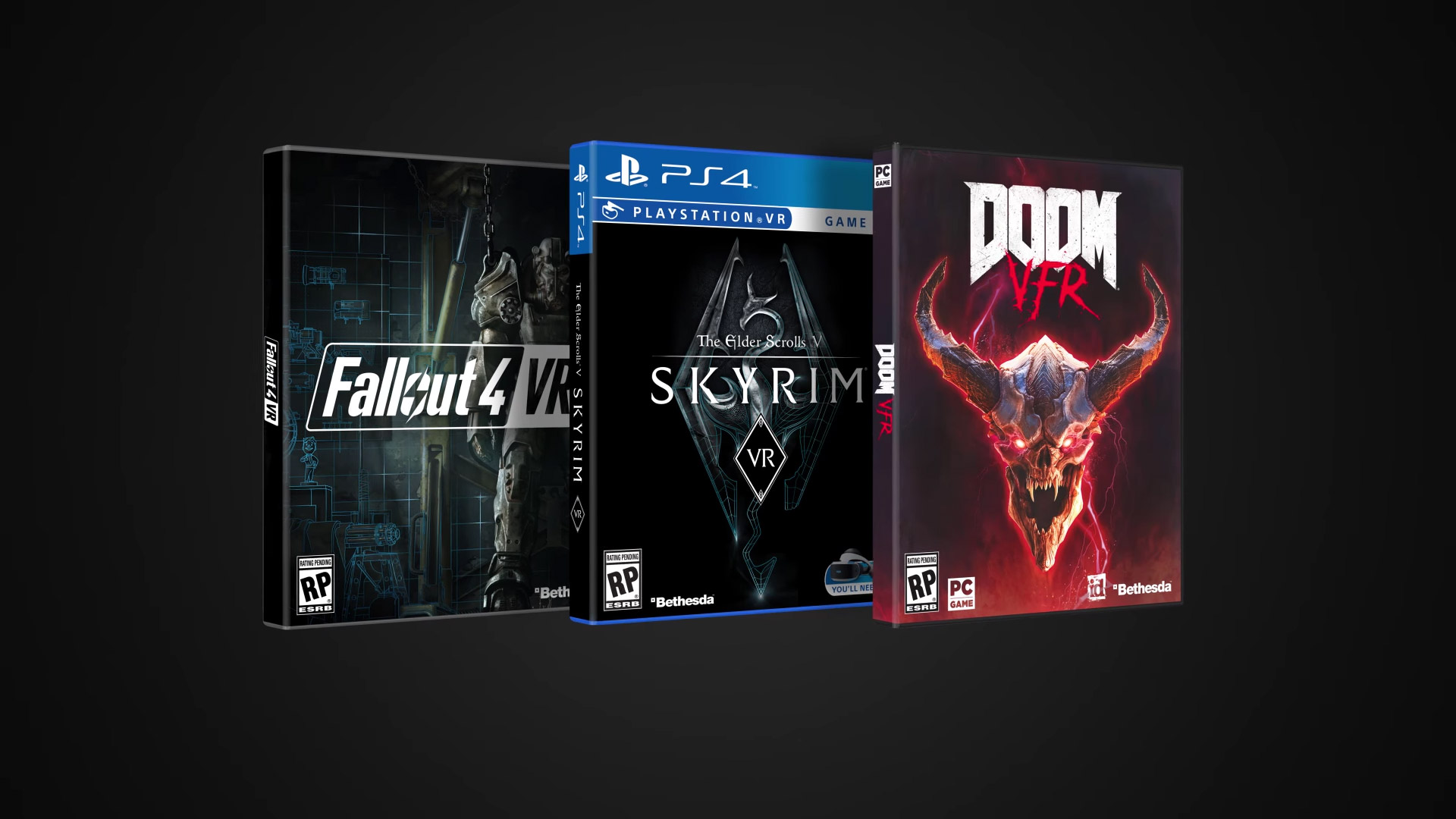

The final point is a consequence of the first two. There are a number of reasons why it is not yet sufficiently widespread.Īmong such factors are the following shortcomings of the professional PC VR: VR has emerged in our life not so long ago and I believe it is far from its climax. Although, in my opinion, there are a lot of wires and excess assistive devices. They have some great capabilities in terms of hardware. Among such are HTC Vive and Oculus Rift headsets. Oculus Quest AssemblyĪ professional PC VR requires a PC and a specially equipped premises where the act of immersion in virtual reality will take place. Some great examples are the Oculus Quest and Vive Focus platforms. It usually works in tandem with one or two controllers, each of which has 6 degrees of freedom.
 In doing so, you have not yet decided on the VR market segment that your application will be targeted at.Ī standalone VR is a monolithic headset, with a built-in screen processor and battery, as well as several viewfinders on its body that provide stable spatial orientation and position recognition relative to the world coordinates of additional peripheral devices. You are going to develop, distribute, or invest in the development of a virtual reality application. Investors, publishers, developers, and all interested ones. So let me share some insights I’ve discovered and why I believe that businesses should put a focus on standalone VR app development. I’ve started forming my own reasoning as to which one is the most promising. Over time I’ve witnessed heated debates on the topic of PC vs. The major assistant here is a VR headset. With virtual reality, people can tour major attractions, practice professional skills, perform a real-estate deal, rehearse a conference speech and much more, all from the comfort of their own home.
In doing so, you have not yet decided on the VR market segment that your application will be targeted at.Ī standalone VR is a monolithic headset, with a built-in screen processor and battery, as well as several viewfinders on its body that provide stable spatial orientation and position recognition relative to the world coordinates of additional peripheral devices. You are going to develop, distribute, or invest in the development of a virtual reality application. Investors, publishers, developers, and all interested ones. So let me share some insights I’ve discovered and why I believe that businesses should put a focus on standalone VR app development. I’ve started forming my own reasoning as to which one is the most promising. Over time I’ve witnessed heated debates on the topic of PC vs. The major assistant here is a VR headset. With virtual reality, people can tour major attractions, practice professional skills, perform a real-estate deal, rehearse a conference speech and much more, all from the comfort of their own home. 
Interactive Features Integration for Existing App







 0 kommentar(er)
0 kommentar(er)
